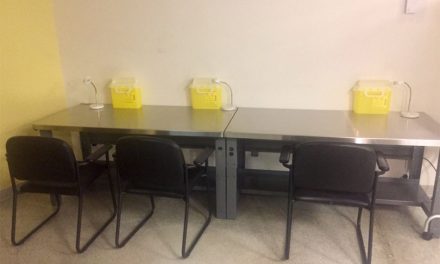Dr. Nora D. Volkow, of Brookhaven National Laboratory in Upton, New York, and colleagues compared positron emission tomography (PET) scan results for 15 methamphetamine abusers and 20 non-drug-abusing control subjects.
Estimates of dopamine D2 receptor availability were significantly lower in the caudate and in the putamen of the drug abusers than in the control subjects. The D2 receptor availability in the putamen was significantly correlated with metabolism in the orbitofrontal cortex in the drug abusers but not in the control subjects.
«The orbitofrontal cortex is the area of the brain that modulates the relative value of one reinforcer over another,» Dr. Volkow noted in an interview with Reuters Health. «So, for example, what makes a monkey choose an apple over a piece of lettuce is that the apple generates more pleasure, which is modulated by dopamine.»
For methamphetamine abusers with low levels of D2 receptors and orbitofrontal cortex dysregulation, she continued, the dopamine signals are blunted and «normal things like food, sex, intellectual curiosity, or art are no longer strong enough to induce a pleasure response.»
Treatment strategies need to increase the value of other reinforcers that can compete with methamphetamine, Dr. Volkow said. This is why support groups, which can promote active feelings of well being, are frequently used as therapy, she added.
Medications that increase dopamine levels, such as selective serotonin reuptake inhibitors, have been disappointing, she noted. However, «I think we are asking too much of the drug, that is, to totally stop the desire to use methamphetamines.»
Instead, she said, «we need to ask if the drug can decrease the craving in certain circumstances.»

- Inicio
- Actualidad
- Adicciones
- Guías
- Recursos
- Quiénes somos
Seleccionar página






